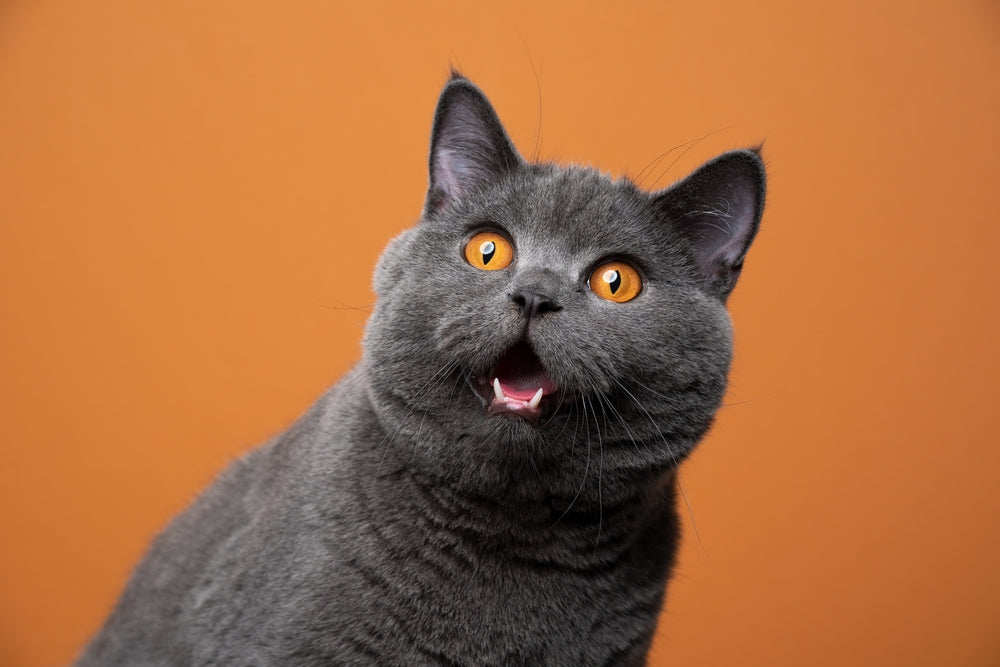Understanding Pet Behavior: Signs Your Pet Is Happy

Understanding Pet Behavior: Signs Your Pet Is Happy
Pets, much like humans, have a range of emotions that they express in various ways. As pet owners, it's essential to understand these signals to ensure our furry friends are content and thriving. Recognizing when your pet is happy not only strengthens the bond you share but also provides insights into their overall well-being. In this article, we'll delve into the signs that indicate your pet is in high spirits.
1. Relaxed Body Language
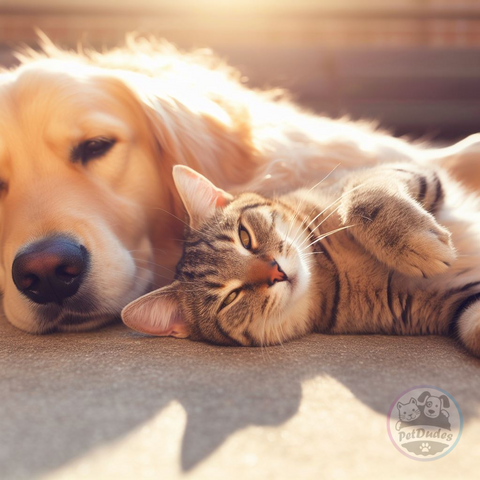
One of the most apparent signs of a happy pet is relaxed body language. For dogs, this means a wagging tail, relaxed ears, and a loose stance. Cats, on the other hand, will have upright ears, a raised tail, and a relaxed posture. When pets feel content, their bodies are at ease, without any signs of tension or stress.
2. Playfulness
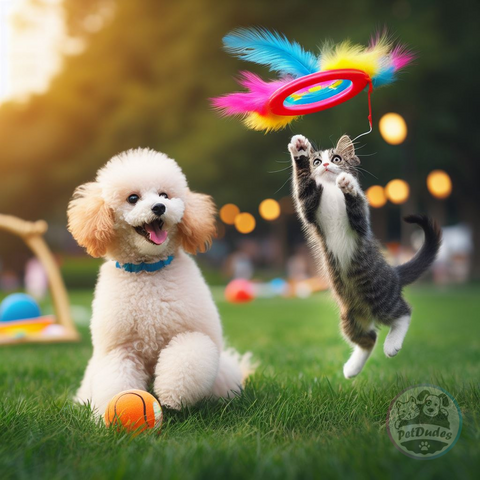
A playful pet is a happy pet. Engaging in games, chasing toys, or initiating play with other pets or humans indicates they are in a good mood. Play is not only a form of exercise but also a way for pets to express their joy and happiness.
3. Affectionate Behavior
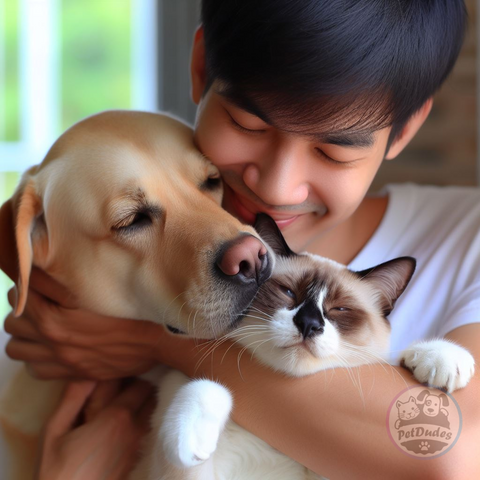
Pets that are content will often seek out affection from their owners. This can be in the form of cuddling, nuzzling, or even just sitting close to you. Cats might purr when they're happy, while dogs might nuzzle or lick your face. These gestures are their way of showing love and contentment.
4. Healthy Appetite

A happy pet usually has a healthy appetite. They'll eat their food with enthusiasm and might even do a little dance of excitement during meal times. However, it's essential to monitor their eating habits and ensure they're not overeating, which can lead to health issues.
5. Curiosity and Exploration

A curious pet is a sign of a stimulated and happy mind. If your pet is exploring their surroundings, sniffing around, or showing interest in new objects, it's a good indication that they're content and engaged with their environment.
6. Regular Sleep Patterns
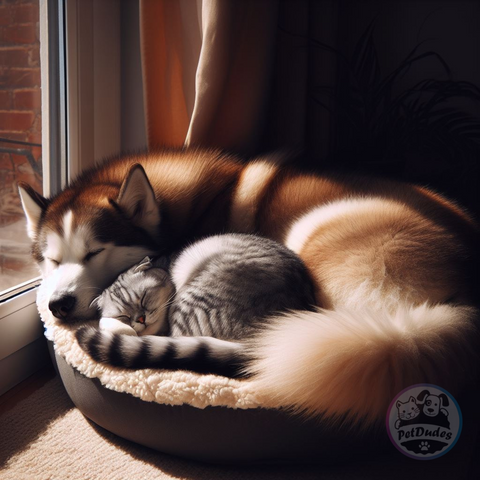
Just like humans, pets need their rest. A happy pet will have regular sleep patterns, and you'll often find them napping in their favorite spots. However, it's essential to differentiate between a content pet taking a nap and a pet that's lethargic, which could be a sign of underlying health issues.
7. Vocalizations

Pets communicate their feelings through various vocalizations. A content cat might purr, while a happy dog might bark playfully or emit a contented sigh. Recognizing these sounds and understanding their meaning can give you insights into your pet's emotional state.
8. Positive Interactions with Other Pets
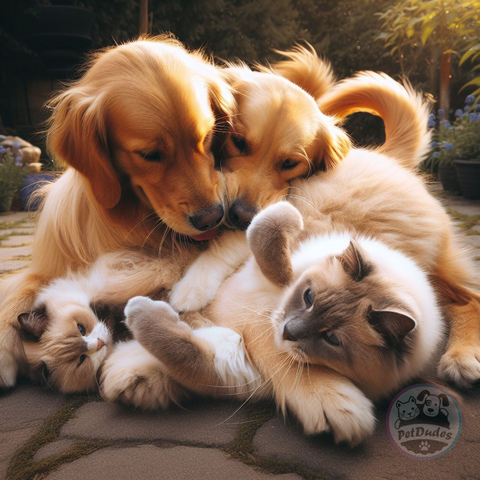
If you have multiple pets, observing their interactions can provide clues about their happiness. Happy pets will often play together, groom each other, and even cuddle up together. Positive interactions are a sign of contentment and a harmonious household.
9. Bright Eyes and Shiny Coat
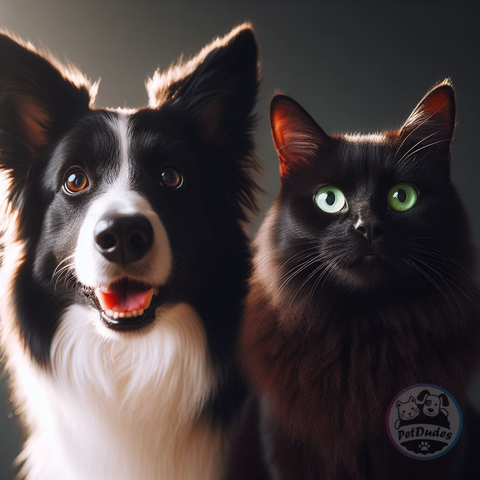
Physical appearance can also indicate a pet's emotional state. Bright eyes and a shiny coat are signs of good health and happiness. If your pet's eyes are clear and their coat is glossy, it's a good indication that they're feeling great both inside and out.
10. Engaging in Natural Behaviors
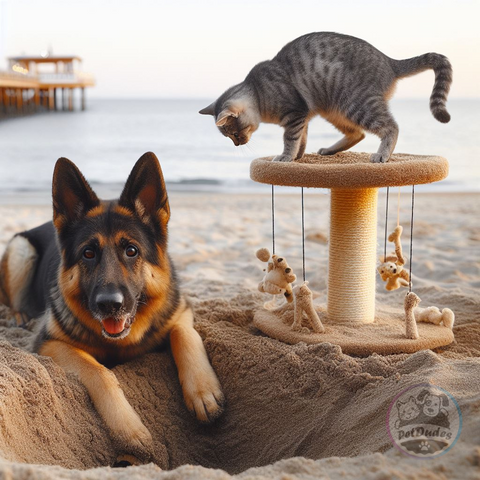
Pets that engage in natural behaviors, like cats climbing or dogs digging, are expressing their innate instincts. Allowing them to indulge in these behaviors (within reason) can contribute to their happiness.
Conclusion
Understanding your pet's behavior is crucial for their well-being. By recognizing the signs of happiness, you can ensure that your furry friend is not only physically healthy but also emotionally content. Remember, every pet is unique, so it's essential to spend time with them, observe their behaviors, and get to know their individual personalities. By doing so, you'll be better equipped to recognize the subtle signs of their happiness and ensure they lead a joyful and fulfilling life.
Note: While this article provides general insights, always consult with a veterinarian or pet behaviorist for specific concerns regarding your pet's behavior and well-being.





